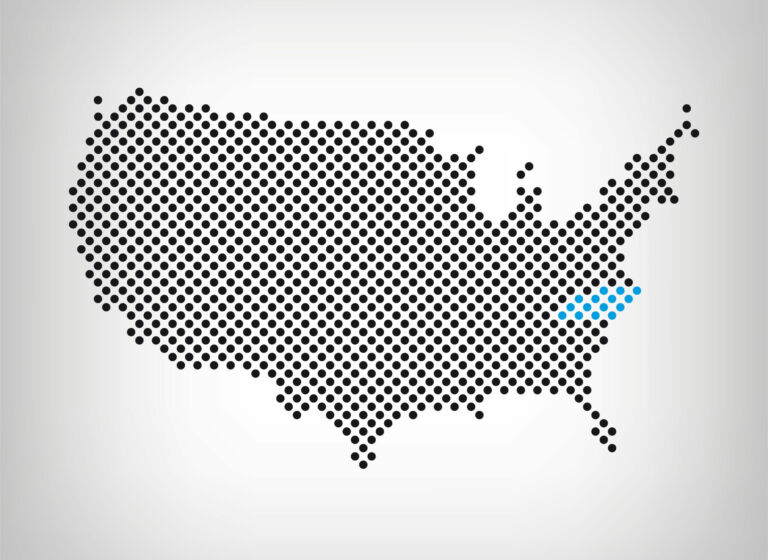John Fund of National Review Online challenges the notion that anti-Trump sentiment guarantees big wins for Democrats at the polls in November.
Five months before the midterm elections, predictions that Democrats will ride a “blue wave” to forcefully sweep away GOP control of the House of Representatives have become hopes that a high tide can still bring them a bare majority of 218 seats.
Last week, political analyst Larry Sabato found 211 House seats at least leaning to the Republicans, 198 at least leaning to the Democrats, and 26 toss-ups. If the toss-ups break evenly, Democrats would gain 17 seats, but the GOP would still have a 224-to-211 House majority. What has changed to give Republicans a better-than-fighting chance to hold on?
One explanation is the economy, which may improve President Trump’s approval ratings and affect how voters plan to vote in November. …
… I believe a big obstacle they have is that while many people don’t like President Trump, that doesn’t mean they want to reward increasingly left-leaning Democrats at the polls in November. Ron Brownstein of CNN pointed out that in the latest Quinnipiac Poll, 53 percent of college-educated whites disapprove of Trump, but only 47 percent say they plan to vote Democratic in House races. This is “a continuing gap that bears watching,” he tweeted. “Other recent polls also find that gap.”
One explanation of the gap is that some voters don’t want to return to the big-government economic policies of the slow-growth Obama years just because they dislike Trump. Why would someone cut off their nose to spite their face?


